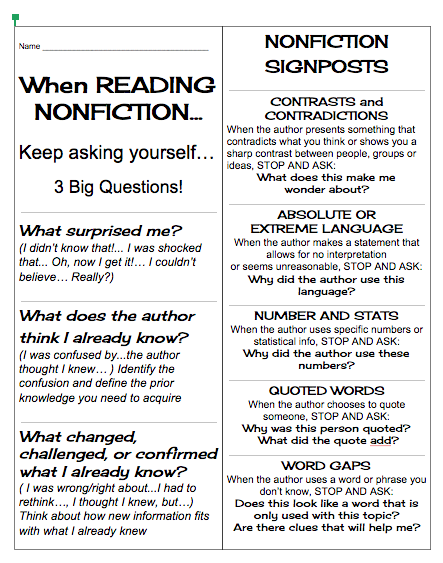
Make a mapĪ review is like a journey -it requires a map (or at least a GPS). Figures also help to hold the reader's attention, as does keeping paragraphs short and to the point. And of course illustrate with illustrations! A clear diagram or graph can crystallize a new concept in the reader's mind. Illustrate complex concepts with examples -the more relatable the better. How do you write for this person? Be sure to clearly introduce and define key terms and concepts. Write for this person, knowing that once the draft is done you will actually ask her for feedback (more on that later). You can battle this instinct to write for other experts by actively thinking about a specific reader who is not an expert -perhaps a starting graduate student you know or a peer in your department who studies a different organism or system.

When you write for a fellow expert, you skip key explanations, breeze over difficult concepts, and include details and caveats that might appease a nitpicky reviewer but will confuse a naive reader. In other words, they write reviews for other experts -the very people who have the least need for a review on the topic. Unfortunately, most people write reviews with their peer-reviewers, close collaborators, or competitors in mind. Just as we speak to someone, we write to someone, and in both cases the identity of the recipient determines what and how we communicate. Whether we realize it or not, we all write with a reader in mind. That said, if you are going to take time away from research, grant-writing, and other responsibilities to write a review, why do it if only a handful of people will read and understand it? As I see it, the more people your review can reach, inform, and influence, the more your investment of time and sweat was worthwhile. Many journals do not have this expectation. Know your readerĪt Trends, we pride ourselves on publishing accessible reviews that students and those from other fields can understand. You also bury your topic, which is effectively the same thing as not having a topic at all. By including non-essential details, you stray from your topic, slow down the pace of the review, and inevitably lose readers to the next article, snack, or YouTube video. The reader is relying on you to curate the information for him. In the case of reviews, the answer is no. You know it, so why not share it? Isn't it a scientific virtue to be thorough?

By the time you sit down to write a review, you know a lot about the general subject, and it can be hard to leave out an interesting finding or detail. It's important to know what your topic is, but it's equally important to know what it isn't. The topic is a guide or Sherpa -for your reader, but also for you as you plan and write your piece. This will determine where your review will take the reader and how it will get her there. Identifying the true topic of the review is one of the most important steps in the process. What do these findings tell us? And where do we go from here? The real work of the review is taking the next step. A review is not a list of related findings.

Every review should have a point, something that it intends to convey. It involves stepping back and digesting the material -distilling it down to a thesis. Pretty obvious, right? How can you write about something you haven't studied?īut knowing your topic goes beyond knowing about your topic. But how does one write a review -particularly one that people will actually read? Know your topic There are great payoffs for writing such an article-from establishing yourself as an expert in the field to sharing your love of your subject matter. In other words, we aim to publish articles that people will actually read and understand. We want them to be clear and to the point.

We want our articles to foster research across disciplines and help students get up to speed on cutting edge topics. Trends in Cognitive Sciences and its sister Trends journals specialize in publishing concise, clear, and accessible reviews. As the editor of Trends in Cognitive Sciences, I think quite a bit about what makes a good review.


 0 kommentar(er)
0 kommentar(er)
